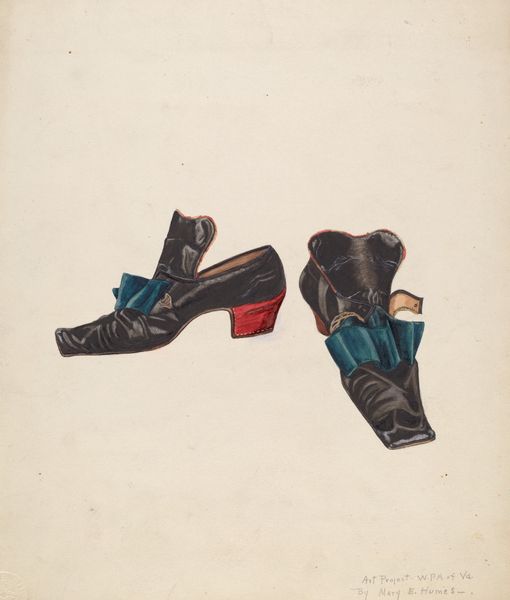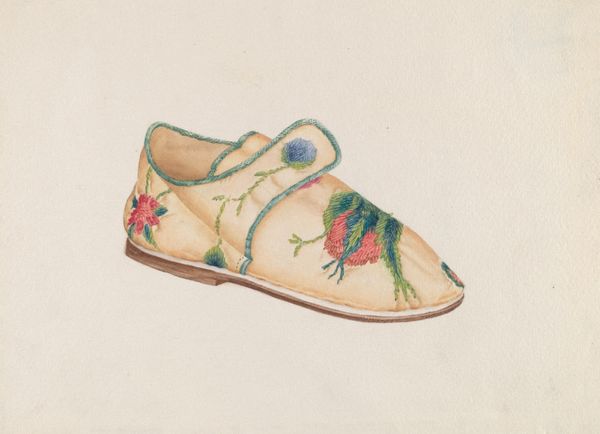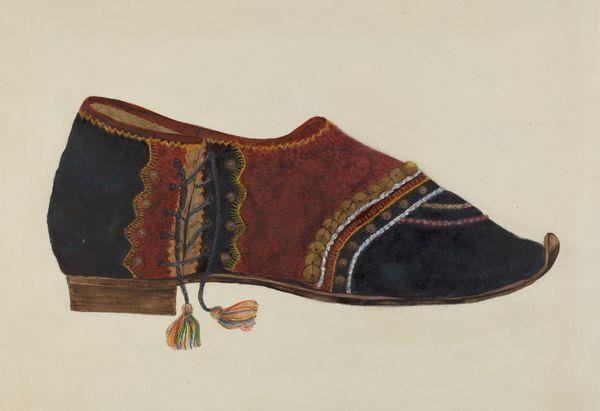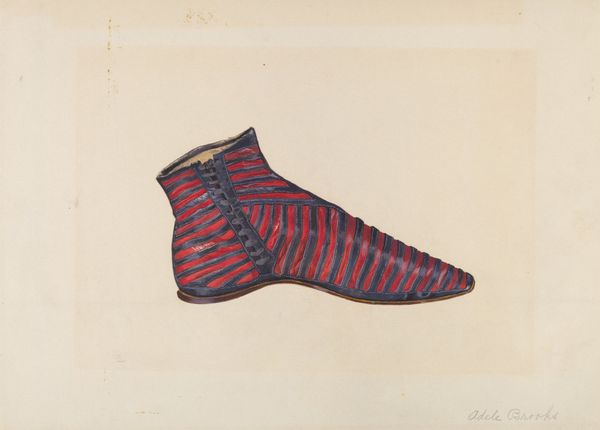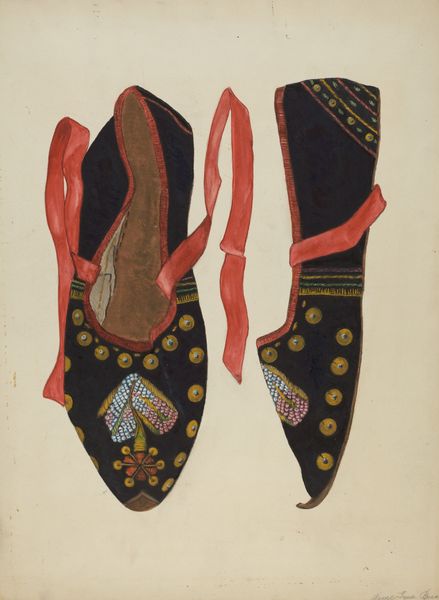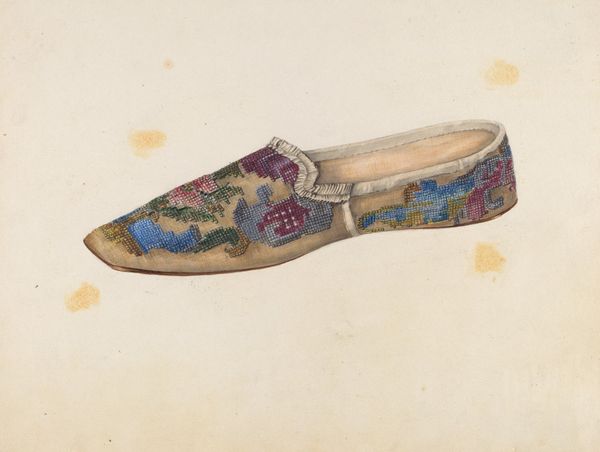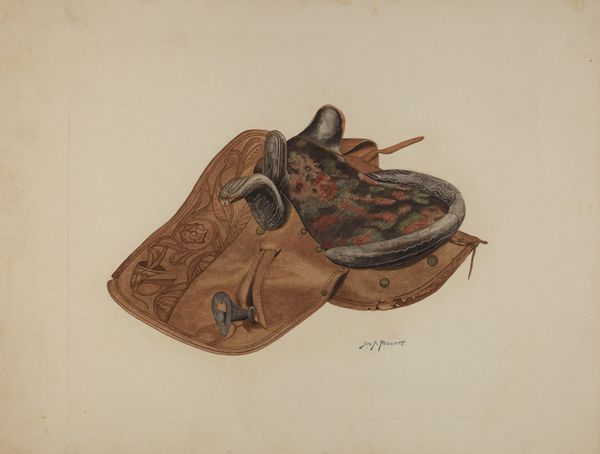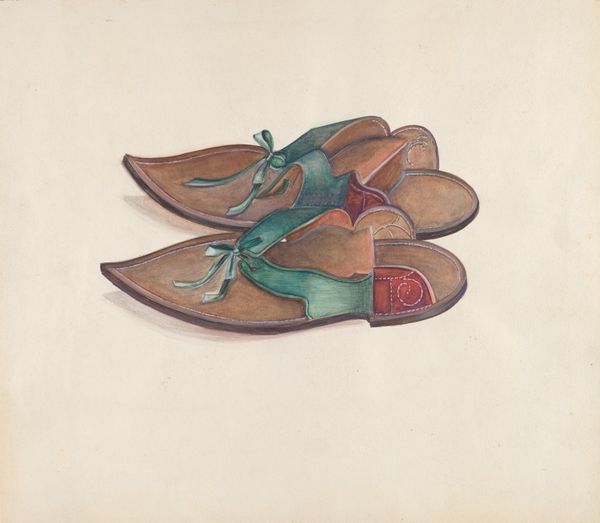
watercolor, ink
#
portrait
#
asian-art
#
ukiyo-e
#
figuration
#
watercolor
#
ink
#
coloured pencil
Dimensions: 7 1/4 × 6 1/2 in. (18.4 × 16.5 cm)
Copyright: Public Domain
Curator: Here we have Kano Shōdun’s “Immortal Poet,” created sometime in the 17th century, and now residing here at The Met. The artwork is made with ink and watercolor, evoking Ukiyo-e styles. Editor: My immediate reaction is quiet contemplation. The figure, or what we can see of it, seems almost buried beneath layers of brilliantly coloured garments. There’s a deliberate concealing happening here, and the flatness makes me think about the economic imperatives driving production. Curator: That is perceptive. The layers absolutely signify the layered meanings inherent to the figure itself—a symbolic obfuscation, if you will. The immortal poet transcends a fixed identity, becoming an archetype instead. Clothing and the concealment, then, speaks to that complex layering of the self. Editor: The choice of ink and watercolor also speaks volumes about the resources at hand. The light washes, characteristic of watercolor, would have been less labor-intensive compared to richer, layered oil paints from the west. The scale also emphasizes that question about material means. What can we infer about artistic patronage, audience, and market for works of this size during the period? Curator: Indeed, the medium echoes the ephemerality often associated with the Ukiyo-e tradition, highlighting beauty's transient nature. In this portrait, the poet is not anchored by solid form, instead signified through the elegant arrangement of garments. Perhaps immortality here alludes to an existence beyond corporeal presence, preserved through artistic representation. Editor: The social fabric involved intrigues me, too. Like the specialized labour required to produce such papers for such specialized rendering of the visible. Then, consider the gendered dynamic: the act of representation by a male artist upon, presumably, a female sitter, transformed, through image, into the timeless poet. It is loaded. Curator: It's interesting to see this piece now with contemporary eyes, layering present views upon past images. This poet persists as a spectral suggestion in an archive, becoming immortal through enduring artistic vision. Editor: I find myself wondering about all the labour involved. Now to ponder the artist, the patrons, the work... It is something, I suppose.
Comments
No comments
Be the first to comment and join the conversation on the ultimate creative platform.
